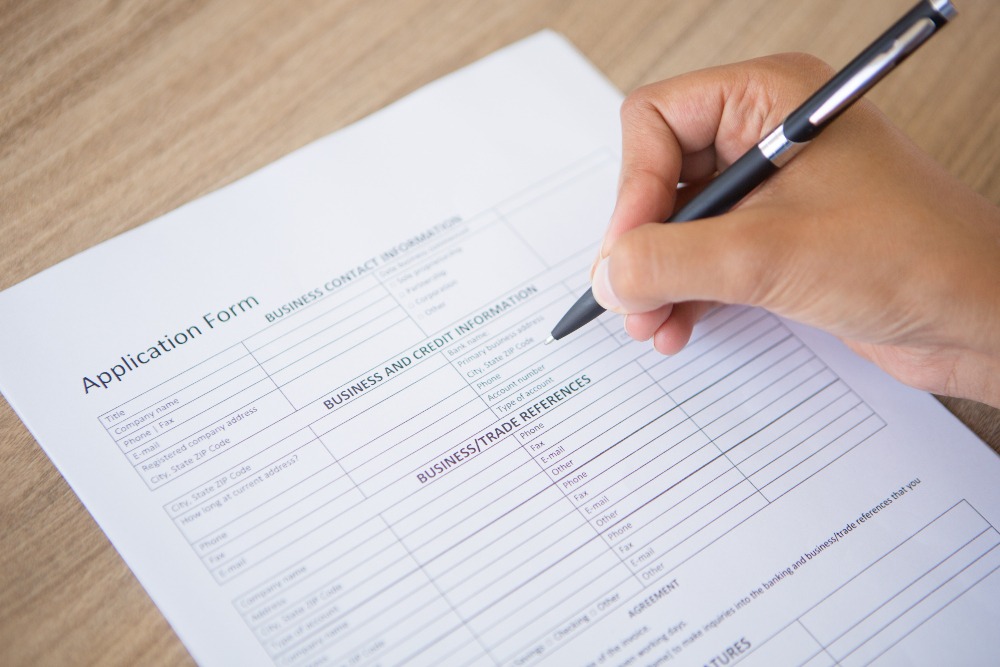In today’s fast-paced world, convenience reigns supreme. Mobile banking, the ability to manage your finances through a mobile app, has become an essential tool for individuals of all ages and backgrounds. Gone are the days of waiting in long lines at the bank or scrambling for a checkbook – mobile banking empowers you with the power to manage your finances anytime, anywhere, right from your smartphone. But what exactly makes mobile banking so essential? Here are five compelling reasons why you should consider incorporating it into your financial routine:
1. Unmatched Convenience
Mobile banking offers unparalleled convenience:
- 24/7 Access: Manage your finances at your fingertips, 24 hours a day, 7 days a week. Check your account balance, transfer funds, pay bills, or deposit checks – all without stepping foot in a physical bank branch.
- Quick and Easy Transactions: Perform various banking tasks within seconds. Transfer money to friends and family, pay bills on the go, or top up your prepaid phone – all with a few taps on your phone.
- Reduced Reliance on Physical Documentation: Say goodbye to the need for paper checks and physical statements. Mobile banking allows you to view transaction history, download electronic statements, and even make mobile check deposits, significantly reducing your reliance on physical documentation.
2. Enhanced Security
Contrary to popular belief, mobile banking offers robust security features:
- Multi-factor Authentication: Most mobile banking apps utilize multi-factor authentication (MFA), requiring additional verification steps like a passcode, fingerprint, or facial recognition in addition to your username and password, making unauthorized access significantly more difficult.
- Real-time Transaction Alerts: Receive instant notifications for every transaction, allowing you to monitor your account activity in real-time and quickly identify any suspicious activity.
- Secure App Features: Mobile banking apps are designed with security in mind, incorporating data encryption and secure communication protocols to protect your sensitive financial information.
3. Improved Financial Management
Mobile banking empowers you to take control of your finances like never before:
- Budgeting and Tracking: Utilize budgeting tools and expense trackers within your mobile banking app to monitor your spending, categorize transactions, and stay within your budget effortlessly.
- Financial Insights: Gain valuable insights into your spending habits with transaction history and visualization tools. Analyze your financial trends, identify areas for improvement, and make informed financial decisions.
- Goal Setting: Utilize mobile banking apps to set and track your financial goals, whether it’s saving for a dream vacation, a down payment on a house, or simply building an emergency fund.
4. Streamlined Bill Payment
Mobile banking makes bill payments a breeze:
- Schedule Payments: Set up automatic bill payments to ensure you never miss a due date and avoid late fees. Schedule one-time or recurring payments for various bills like utilities, rent, or subscriptions.
- Pay Anyone, Anywhere: Pay individuals or businesses easily directly from your mobile banking app, eliminating the need for checks or mailing payments.
- Bill Payment History: Access a comprehensive record of your bill payments within the app, allowing you to easily track past payments and manage your finances effectively.
5. Access to Additional Services
Many mobile banking apps offer a range of additional services beyond basic banking transactions:
- Locate ATMs: Find nearby ATMs quickly and easily using the app’s ATM locator feature, saving you time and effort.
- Contact Customer Support: Connect with customer service representatives directly through the app for any questions or assistance you may need.
- Investment Tracking: Some mobile banking apps allow you to track your investments and manage your investment portfolio conveniently.
Getting Started with Mobile Banking
Making the switch to mobile banking is easier than you think:
- Download your bank’s mobile app: Most banks offer free mobile banking apps available on popular app stores like Google Play and the App Store.
- Enroll in mobile banking: Follow your bank’s instructions to enroll in mobile banking through their website or app. This typically involves providing your account information and setting up your login credentials, including a strong password and MFA options.
- Explore the features: Familiarize yourself with the features and functionalities offered by your bank’s mobile banking app. Experiment with different features like bill payments, mobile check deposit, and budgeting tools to discover how they can benefit your financial management.
Security Tips for Mobile Banking
- Keep your app and device updated: Ensure your mobile banking app and your smartphone’s operating system are updated to the latest versions to benefit from the latest security patches and features.
- Beware of phishing scams: Be cautious of emails, text messages, or phone calls claiming to be from your bank. These might be attempts to steal your login credentials. Never click on suspicious links or provide any personal information through these unsolicited communications.
- Report suspicious activity: If you notice any suspicious activity on your account, such as unauthorized transactions or login attempts, immediately report it to your bank through their official channels.
Conclusion:
Mobile banking is no longer a luxury; it’s an essential tool in today’s digital world. With its unmatched convenience, enhanced security features, and ability to empower you to manage your finances effectively, mobile banking offers numerous advantages for individuals of all ages and backgrounds. So, if you haven’t already, consider making the switch to mobile banking and experience the benefits of managing your finances anytime, anywhere, right from your smartphone. Remember, by following the tips outlined in this blog and practicing safe mobile banking habits, you can enjoy the convenience and security of managing your finances with


















